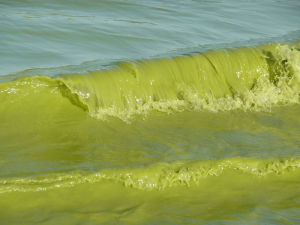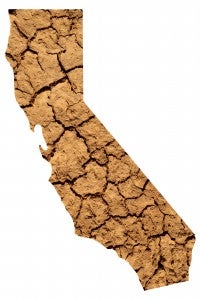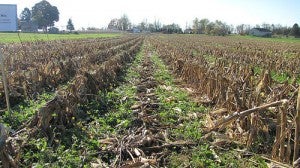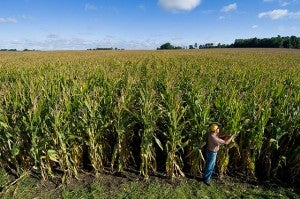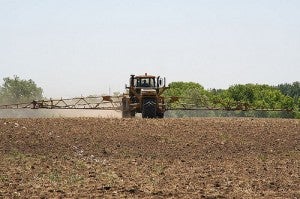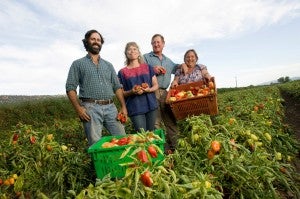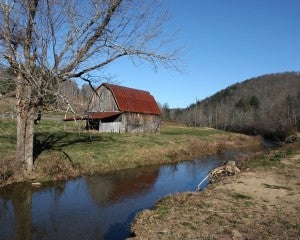
A drone collects data while in flight. Photo credit
Drone technology has been around for decades, taking to the skies to capture movie sequences, collect scientific data and scout territory. But there’s another industry where drones are really beginning to take off: farming.
Agriculture is on tap to make up 80 percent of the market for unmanned aircrafts in the next couple of decades. With the invention of newer, more effective technologies, drones have the potential to launch the agriculture industry into a future of sustainability.
4 ways drones are helping people and nature prepare for climate change
Rules of the sky
In February of this year, the Federal Aviation Administration proposed long-awaited rules on the commercial use of small drones in the agricultural sector. The new regulations require operators to be certified, fly only during daylight and keep their aircraft in sight. Although this proposed legislation could take one or two years for final adoption, it marks a major step for the industry, as the guidelines provide the formal structure needed to legitimize drone use and advance the market for their production.
Although drone technology is still modifying production to increase ease of use and lower prices, these machines already have the potential to go a long way towards improving farmers’ bottom lines – and the environment. Here are three key benefits of drone use in agriculture: Read More
